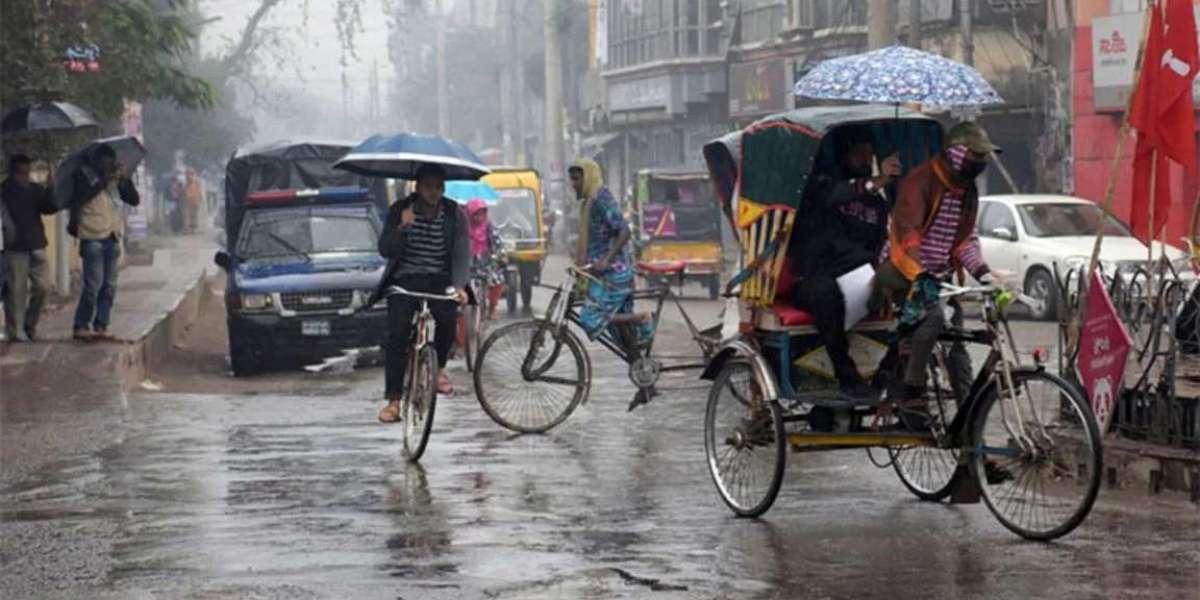The air of Dhaka on rainy days is unhealthy for those
October 5, 20242 Mins Read
Jumbangla Desk: Air pollution is increasing day by day in different cities of the world. For a long time, the air of the megacity Dhaka is also under the influence of pollution. Occasional rains improve the air quality of the city. However, even with two days of continuous rain, there is a health risk in Dhaka's air.
Rain
According to the data of the international air technology institute IQAir at around 12:30 pm on Saturday (October 5), the capital Dhaka has risen to the seventh position with a score of 117, which is considered unhealthy for sensitive groups.
At the same time, Beijing, the capital of China, topped the list of the world's most polluted cities with a score of 160. Apart from this, Kampala, the capital of Uganda, is in the second position with a score of 153, Lahore in Pakistan is in the third position with a score of 152, Cairo in Egypt is in the fourth position with a score of 142, and Tashkent, the capital of Uzbekistan, is in the fifth position with a score of 133.
An AQI score of zero to 50 is considered good. A score of 51 to 100 is considered moderate, and a score of 101 to 150 is considered unhealthy for sensitive groups. A score of 151 to 200 is considered 'unhealthy' air.
An AQI score between 201 and 300 is considered 'very unhealthy'. In this situation, children, elderly and sick patients are advised to limit their activities inside the house and others outside the house. Also, an AQI between 301 and 400 is considered 'risky', posing a serious health risk to city dwellers.
Uproar over hilsa found in Damodar river
Generally AQI is determined based on five types of pollutants. Such as - particulate matter (PM10 and PM2.5), NO2, CO, SO2 and ozone (O3).



















































